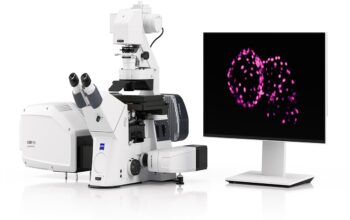
How tall are you? In everyday conversation you probably would answer in a general way by saying, “I’m five foot, eight inches tall.” But how true is your answer? Are you exactly 5’8” tall? It’s likely you rounded up your height to the nearest inch, so in reality our height is probably somewhere between 5’7”and 5’8”. If we want a specific and more reliable answer, we must look a little closer.
Think for a moment about measuring someone’s height. Is the measuring tape or ruler precisely inscribed and is it printed on a stable medium? When you measured the height did the person have shoes or socks on? Did you include the hair on top of their head? Even if you placed a perfectly horizontal rod on the top of their head, there likely was hair in between. Did you make more than one measurement to double-check? If you measured multiple times and averaged them together, did you use the same measuring device each time? As you can surmise, there is always a margin of doubt about any measurement.
And the more precise the measurement, the greater the need to understand and account for this doubt. This is the case in the scientific field of metrology, and this is when an understanding of the terms “accuracy” and “uncertainty” is important.
Accuracy is how the measured value compares to the real value. However, because it is impossible to make perfect measurements, the “real” value is fundamentally unknowable. Accuracy is a qualitative term, without a numerical specification. For example, you could say that a measurement was accurate or not accurate.
Uncertainty is the doubt that exists about the result of any measurement. Uncertainty is quantitative. When a plus or minus (±) figure is given, it should be called uncertainty, not accuracy. There are two types of uncertainty – systematic and random:
- Systematic uncertainties are repeatable errors that cause the value to be too large or too small, no matter how many times we make the same measurement. Systematic uncertainties can be greatly minimized if you know they exist.
- Random uncertainties are variations in the measurement that occur without a predictable pattern. Random unknowns can be addressed by making multiple measurements of the same part and using statistical calculations.
How Does ZYGO Address Accuracy and Uncertainty?
ZYGO 3D optical profilers and laser interferometers manage accuracy and uncertainty with a combined approach. We provide the instrument functionality to make your measurements as accurate as possible, with low quantitative uncertainty values.
Systematic uncertainty is addressed through a host of methods including traceable factory calibration, onsite user calibration of the instrument, factory provided error files, and onsite user lateral calibration. Random uncertainty is countered through proprietary data acquisition algorithms, increased data sampling, and data averaging.
Our harmonized method delivers a high level of confidence for your measurement results. ZYGO has you covered for both accuracy and uncertainty, and all your precision metrology demands.









